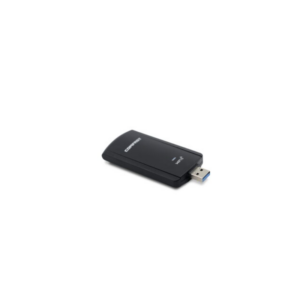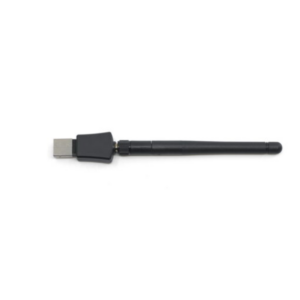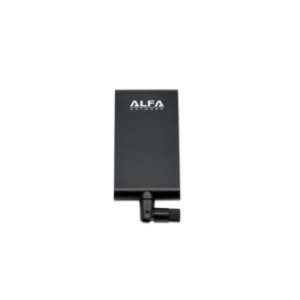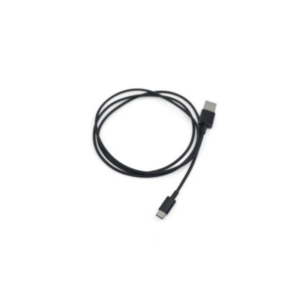Welcome to SNEAKTECH, One Stop Shop For All Your Gaming Needs!
The USB Armory Mk II is a full featured computer in a tiny form-factor, designed from the ground up with information security applications in mind.
Example security application ideas to illustrate the flexibility of the USB Armory Mk II:
The USB armory Mk II hardware is supported by standard software environments and requires very little customization. Vanilla Linux kernels and standard distributions run seamlessly on the tiny board:
Note: only the USB 2.0 protocol is supported over both USB-C ports, therefore it should be emphasized that HDMI video over USB-C is not supported.




HackerWarehouse (Asia) strives to be your one-stop shop for all your computer security needs from defense to offense. We understand the importance of tools and gear which is why we carry only the highest quality gear from the best brands in the industry.
We’re dedicated to serving you—our customer—with the highest level of service. Don’t hesitate to contact us should you need anything.
RRG INTERNATIONAL LIMITED (Hong Kong)
All prices are in USD
Reviews
There are no reviews yet.